Key Takeaways
-
Importance of Inspection: Regular termite checks help catch infestations early and avoid costly structural repairs.
-
Cost Factors: Termite inspection prices typically range from $50 to $280, influenced by location, property size, and inspection methods.
-
Duration: Inspections usually last 30 minutes to 2 hours, depending on the property’s layout and condition.
-
Inspection Process: Covers exterior and interior assessments, moisture checks, and tools like thermal imaging for accurate detection.
-
Recommended Frequency: Inspections should be done annually or more often if you notice signs of termite activity.
-
Inspection Reports: Reports detail current termite presence, damage extent, treatment recommendations, and future prevention tips.
 Termites can cause serious damage to homes and buildings. On top of that, they often don’t show any visible signs of their presence. A termite inspection is one of the best ways to detect and prevent infestations before they escalate.
In this guide, we’ll discuss the costs, process, and recommended frequency of termite inspections to help homeowners protect their properties and avoid costly repairs.
If you’re concerned about termites or think your home may be at risk, our expert termite control services can provide a thorough inspection and effective solutions. Reach out today to keep your home termite-free and Get Free Termite Inspection.
Termites can cause serious damage to homes and buildings. On top of that, they often don’t show any visible signs of their presence. A termite inspection is one of the best ways to detect and prevent infestations before they escalate.
In this guide, we’ll discuss the costs, process, and recommended frequency of termite inspections to help homeowners protect their properties and avoid costly repairs.
If you’re concerned about termites or think your home may be at risk, our expert termite control services can provide a thorough inspection and effective solutions. Reach out today to keep your home termite-free and Get Free Termite Inspection.
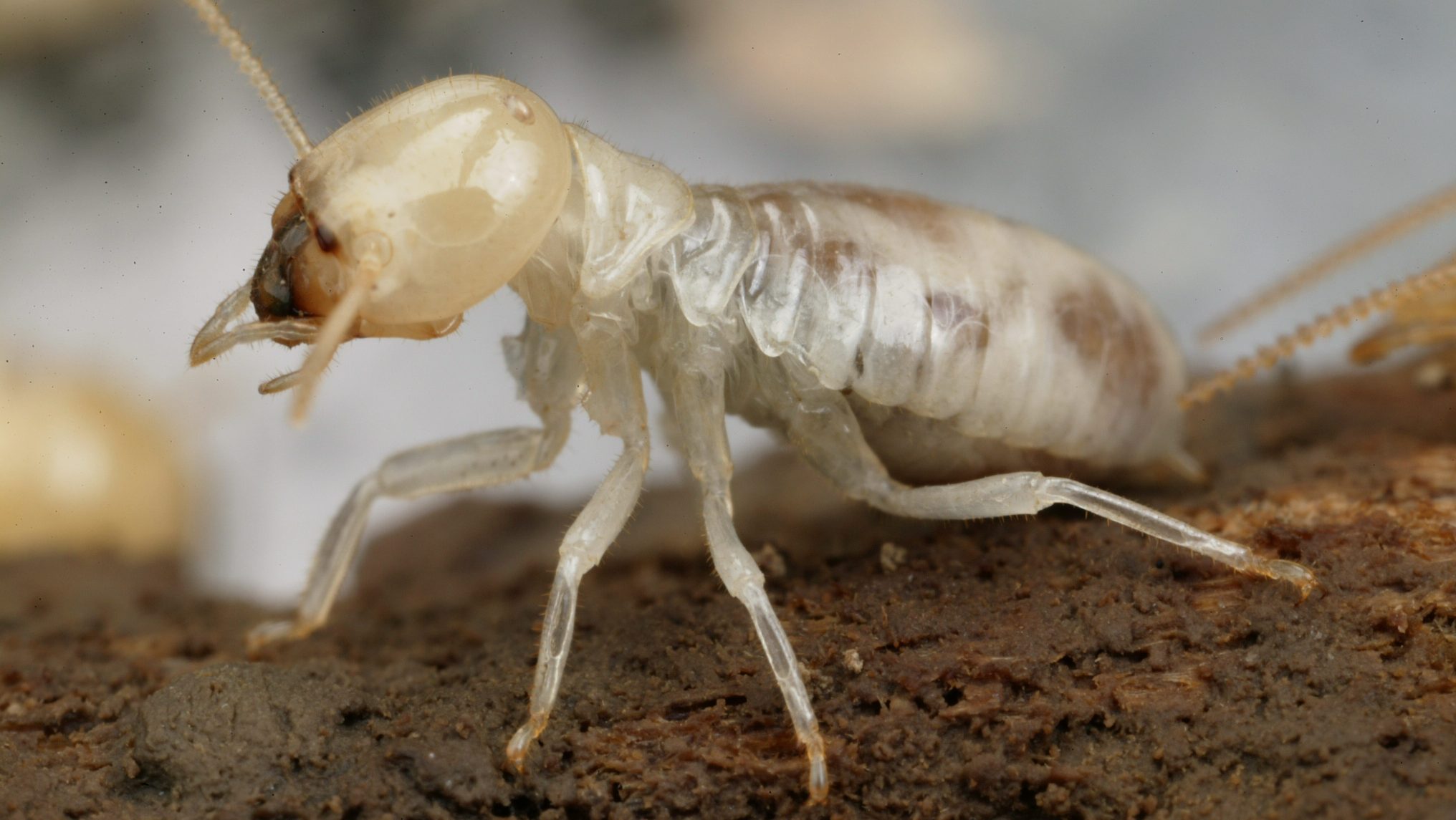

Not getting a solution?
Get your free pest control estimate today!What is a Termite Inspection?
A termite inspection is a thorough evaluation of a property to detect signs of termite activity, damage, or conditions that may attract termites. Conducted by a licensed pest control specialist, the inspection focuses on high-risk areas like basements, crawl spaces, attics, and wooden structures. The goal is to spot early signs of infestation, such as mud tubes, frass, or hollow-sounding wood, allowing for prompt treatment. Termite inspections are important for maintaining a home’s structure and avoiding costly repairs. Early detection prevents infestations from escalating, saving homeowners from expensive damage. Inspections are also a common requirement in real estate transactions, offering peace of mind to buyers and ensuring that the property is free from active termite infestations.
How Much Does a Termite Inspection Cost?
The cost of a termite inspection differs as per the location, size of the property, and type of inspection required. Some pest control companies offer free inspections if you commit to their treatment plan, while standard inspections typically cost between $50 and $280, depending on the property’s size and the inspection method used. Several factors influence the cost of termite inspections. Larger properties take more time to inspect, raising fees. Advanced methods like thermal imaging add to the cost, while high-activity areas may have higher inspection rates. Frequent inspections may qualify for discounts, but most homeowners’ insurance policies do not cover termite inspections or damage, as they are considered preventable maintenance issues.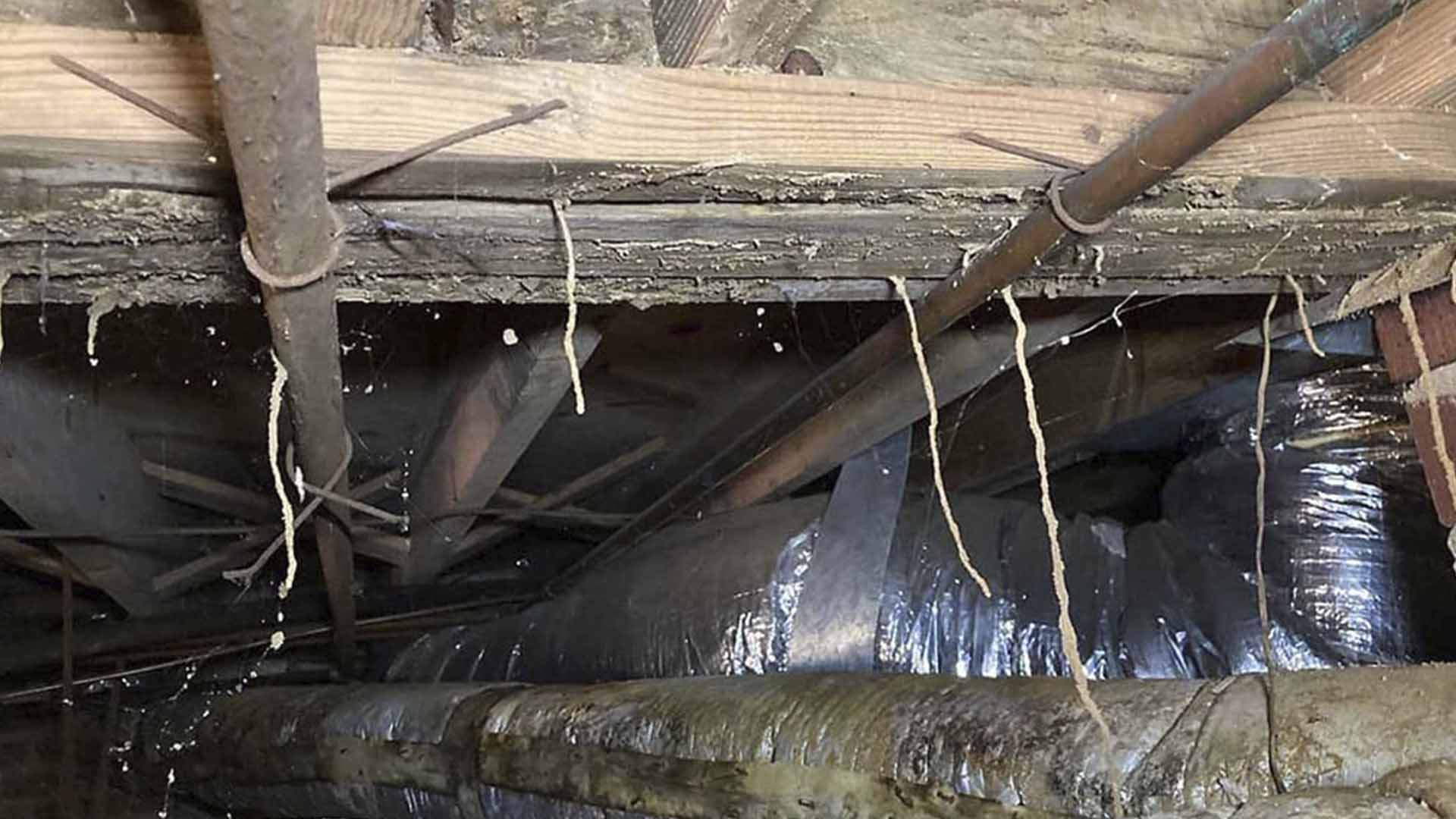
How Long Does a Termite Inspection Take?
The length of a termite inspection can vary, generally taking between 30 minutes and 2 hours. Smaller homes with fewer potential issues might be inspected more quickly, whereas larger or more complicated properties may require more time. Inspectors need to thoroughly investigate all possible problem areas to provide a detailed assessment. If substantial termite activity or damage is found, the inspection may take longer as the inspector documents their findings. Explore our Termite Control Services and Prevention Tips to manage and eliminate infestations effectively.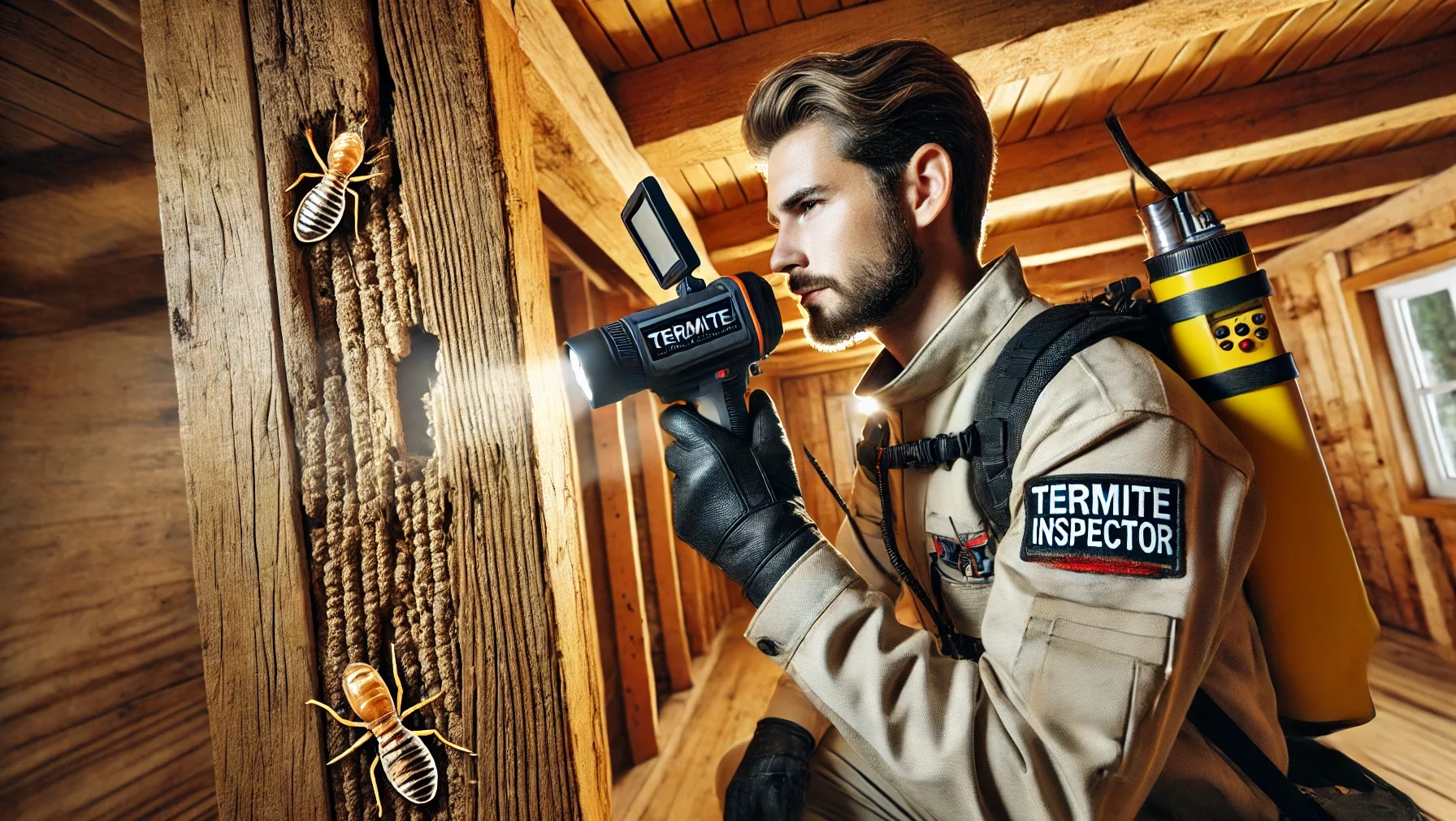
What Happens During a Termite Inspection?
A termite inspection is a comprehensive process aimed at identifying signs of termite activity, potential entry points, and conditions that attract termites. Here’s what you can expect during the inspection:Steps in a Termite Inspection
-
Exterior Inspection: The inspector examines the home’s exterior for mud tubes, wood rot, and cracks that could serve as termite entry points.
-
Interior Inspection: Inside, the inspector checks wooden beams, baseboards, attics, and crawl spaces for signs like frass (droppings), hollow-sounding wood, or exit holes.
-
Moisture Check: Since termites prefer moisture, areas with water damage or humidity are inspected for potential termite activity.
-
Specialized Equipment: Advanced tools like moisture meters, borescopes, and thermal cameras may be used to detect hidden activity within walls or wooden structures.
-
Inspection Report: After the inspection, you’ll get a report detailing any signs of termite activity, treatment recommendations, and preventive measures to protect your home.
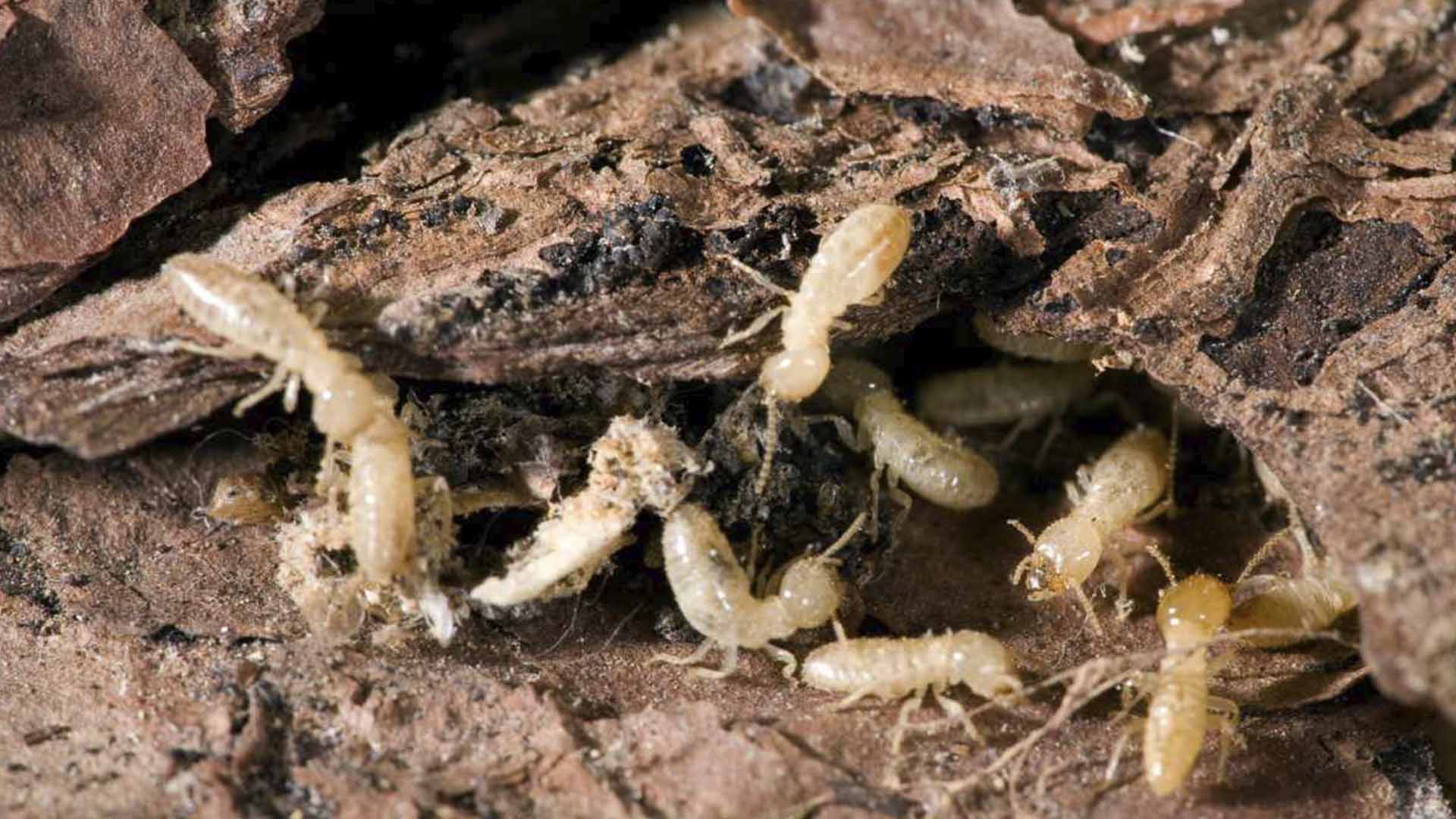
How Often Should You Get a Termite Inspection?
Homeowners are advised to schedule a termite inspection at least once a year. However, certain situations warrant an immediate inspection. If you notice signs like frass (termite droppings), mud tubes, or hollow-sounding wood, it’s essential to schedule an inspection promptly. Real estate transactions also require termite inspection reports before closing. Additionally, if you’ve recently completed construction or installed new woodwork, an inspection ensures the wood is free from termite activity.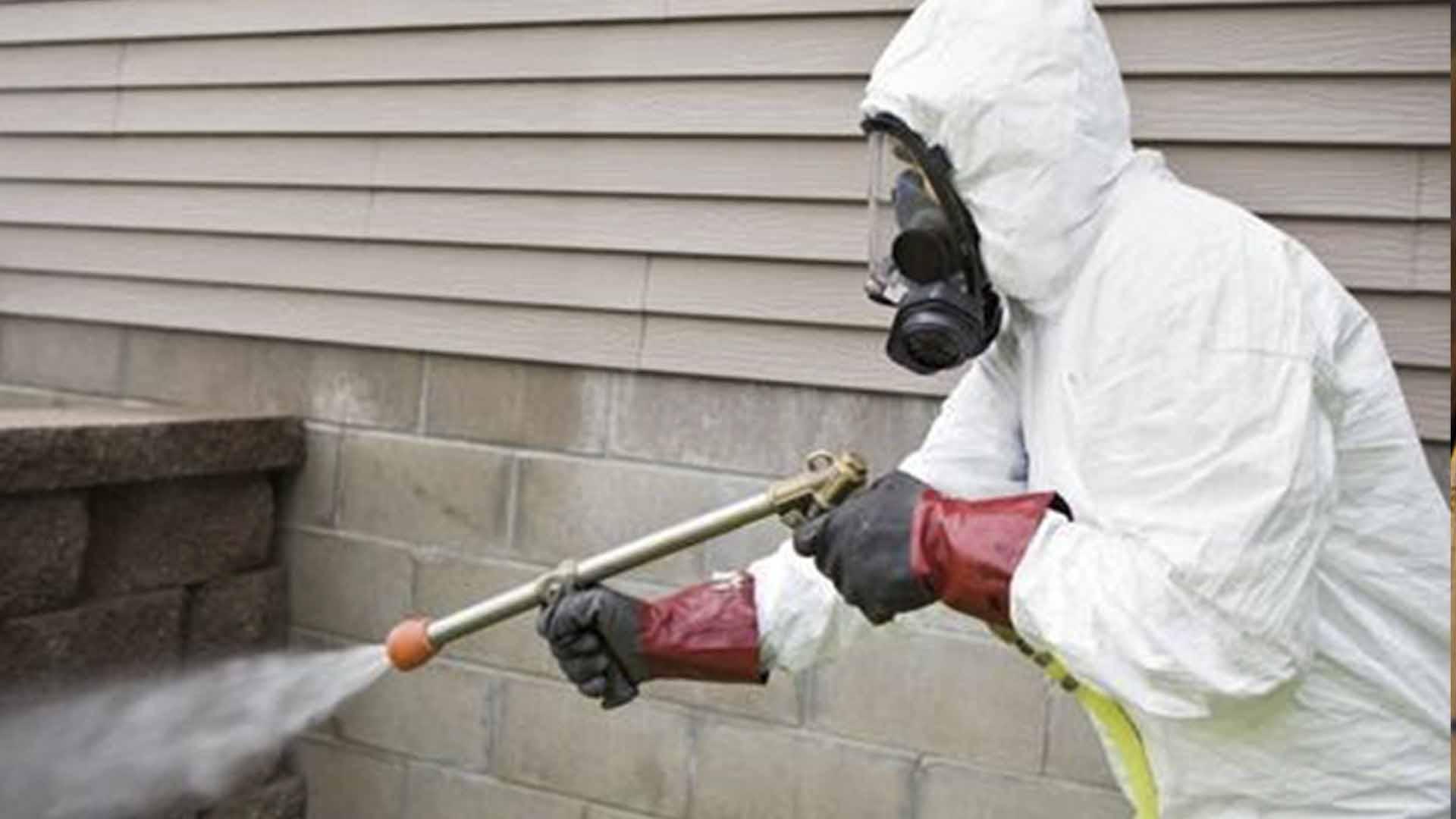
What to Expect After a Termite Inspection?
After a termite inspection, you will be given a detailed inspection report outlining the key findings. The report highlights any signs of termite activity, such as frass, mud tubes, or wood damage. It also includes an assessment of the severity of the damage and specifies which areas of the property are affected. If termite infestation is detected, the inspector will recommend treatment options, which may involve liquid treatments, baiting systems, or fumigation. Additionally, the report offers prevention tips to reduce the risk of future infestations. These suggestions may include reducing moisture levels, sealing entry points, and ensuring wooden structures are not in direct contact with the ground.Myths and Facts About Termite Inspection
| Myth | Fact |
|---|---|
| Termite inspections are only needed if termites are visible. | Regular inspections are important even if no termites are seen, as they can be hidden. |
| Termite inspections are prohibitively expensive. | Costs can vary, but many companies offer reasonable rates or free inspections with treatment. |
| Termite inspections are completed quickly. | Depending on the property’s size and condition, inspections can take from 30 minutes to 2 hours. |
| Inspections are only necessary when buying or selling a home. | Regular inspections are advised so that all homeowners can catch potential problems early. |
| Termite prevention plans eliminate the need for inspections. | Even with a prevention plan, ongoing inspections are crucial to ensure its effectiveness and detect new issues. |





